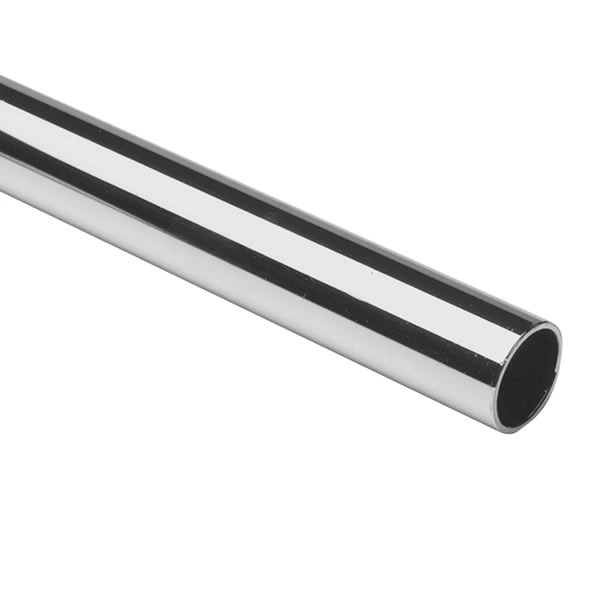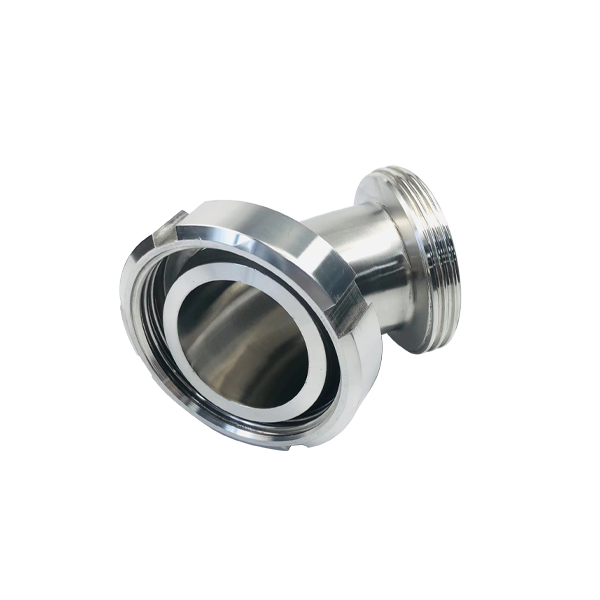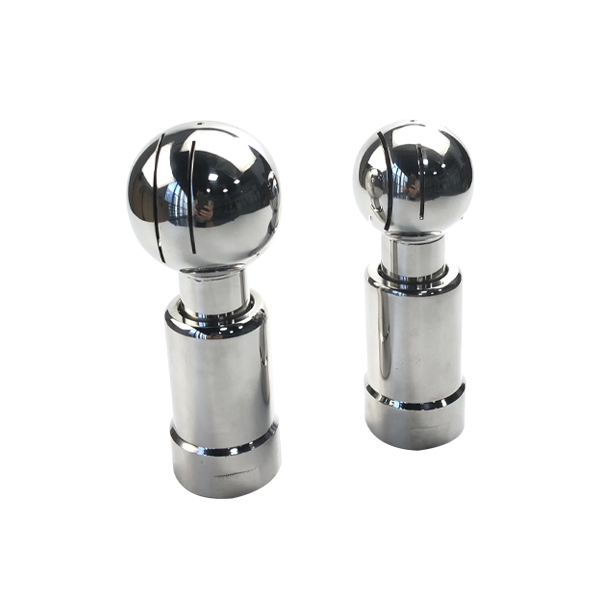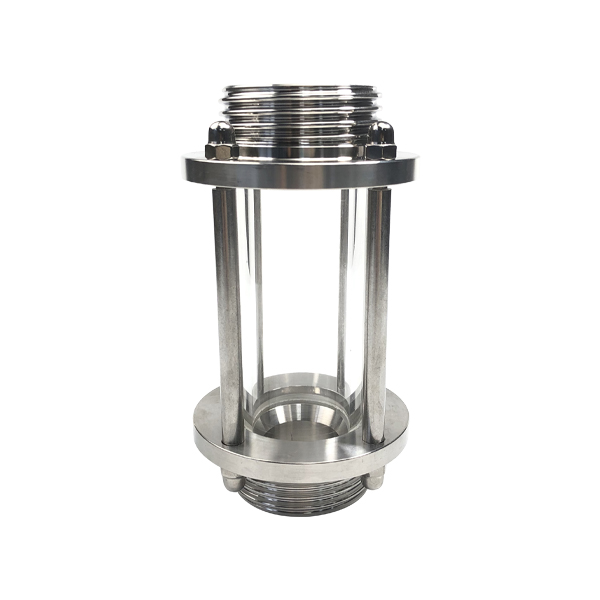EMULSIFICATION TANK
The principle of the emulsification tank is that under the centrifugal force generated by the high-speed and powerful rotating rotor, the material is thrown from the radial direction into the narrow a
The principle of the emulsification tank is that under the centrifugal force generated by the high-speed and powerful rotating rotor, the material is thrown from the radial direction into the narrow and precise gap between the stator and the rotor. At the same time, it is subject to centrifugal extrusion, impact and other forces, so that the material is dispersed and Mix and emulsify. This machine has the advantages of compact structure, small size, light weight, easy operation, low noise and smooth operation. Its biggest feature is that it does not grind media in the production process and integrates high-speed shearing, dispersion, homogenization, mixing, Broken into one. Emulsification tanks are widely used in industries such as mixing and emulsifying materials to improve production efficiency and material quality.
1. Application of emulsification tank
Clean emulsification tanks are suitable for the production of industrial products such as food (dairy) products, cosmetics, biopharmaceuticals, and beverages. They are especially effective in formulating and emulsifying materials with high matrix viscosity and high solid content.
2. The function of emulsification tank
emulsification tank can disperse and emulsify materials at high speed, so that multiple materials can be mixed evenly to obtain a uniform liquid. At the same time, the emulsification tank also has the functions of heating, cooling, insulation, and stirring. The tank is designed with process nozzles such as material inlet, pure water inlet, discharge port, and sampling port, which can provide all conditions for the emulsification process. After the emulsification is completed, the direct steam can be turned on to achieve the sterilization function. At the same time, after the high-temperature emulsification process is completed, if cooling is required, the temperature can be lowered and the discharge valve can be opened to discharge the material.
3. Characteristics of emulsification tank
1. The body of the emulsification tank adopts a hygienic and sterile design, and each nozzle is drawn to form a smooth transition to avoid cleaning dead corners caused by direct socket welding and ensure the reliability and stability of the production process. The inner surface of the emulsification tank is mirror polished (roughness Ra≤0.4µm);
2. The process interface of the emulsification tank adopts ISO standard quick-installation chuck interface, which is hygienic and has no dead ends.
3. The emulsification tank has cleaning-in-place (CIP) and sterilization-in-place (SIP) functions.
4. The inner surface of the emulsification tank is treated to a mirror surface, and the outer surface is matte or the mirror surface of the upper and lower heads is matte on the straight tube, which is easy to clean and leaves no dead corners.
5. The emulsification tank can be equipped with a temperature display control system and a liquid level display system.
6. The nozzle of the emulsification tank adopts the arc transition of the stretch flanging process, which is smooth and easy to clean without dead corners, ensuring the reliability and stability of the production process and complying with GMP requirements.
7. The high-temperature emulsification tank (≥60℃) is sealed with a special hygienic mechanical seal to ensure that the materials are not contaminated.





